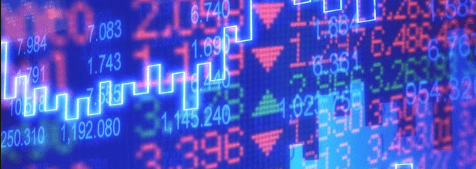
Sector Exchange-Traded Funds (ETFs) are a class of funds that focus and track the performance mainly on stocks or securities of a specified sector. The more common sectors include energy, pharmaceuticals, technology, IT, consumer goods, finance, etc. can be classified into names such as Pharma ETF, Tech ETF, Financial ETF, etc.
Unlike regular Exchange-Traded Funds, Sector Exchange-Traded Funds do not often trace the performances of an underlying index.
While a majority of Sector Exchange-Traded Funds mainly focus on stocks situated in the United States, it is available for traders to invest from around the world in order to seize the global performance of the particular sector.
Assets are usually managed passively around an underlying index such as the S&P 500 that provides data services. Sector Exchange-Traded Funds can also be leveraged, which allows for more successful comeback depending on advancing or declining trading day
What are the common types of Sector Exchange-Traded Funds?
As mentioned above, Sector Exchange-Traded Funds do not track the performance of an underlying index. Instead, Sector ETFs gauges the performances of major or important securities in a specific industry. Some of the more common and most-focused sectors or industries include Aerospace and Defense, Banking, Construction Industrial Goods, Infrastructure, Real Estate, Health Care, Natural Resources, Telecommunications, and Transportation.
How do Sector Exchange-Traded Funds work?
Similar to other types of Exchange-Traded Funds, Sector Exchange-Traded Funds also track a particular index oftentimes maintained by an index provider.
An example of how Sector Exchange-Trade Funds are categorized can be found in the Industry Classification Benchmark (ICB). The classification scheme that ICB employs is based on 75,000 securities in which these are further divided into 10 industries, 19 super-sectors, 41 sectors, and 114 sub-sectors.
The Global Industry Classification Scheme (GICS) also follows a very similar pattern where its classification scheme is based on 51,000 securities that are divided into 11 sectors, 24 industrial groups, 68 industries, and 157 sub-industries.
As shown above, the hierarchy prioritizes broader industries and markets while the more niche the market is, the further it categorized downward.

A further example of this would be if a business or organization would gain a substantial profit from the aerospace industry, its shares would be categorized under “Transport” by the Industry Classification Benchmark (ICB). This, in turn, can be classified further into the Aerospace Sub-Sector, which is part of the “Aerospace and Defense” sector. Overall, this Sub-Sector is also a part of the Super-Sector, which is in the Super-Group “Industry”.
Exchange-Traded Funds of leading industries do benefit from the impact of the business cycle. Should a particular industry perform well throughout a business cycle, traded who have invested in its stocks would benefit as well.
